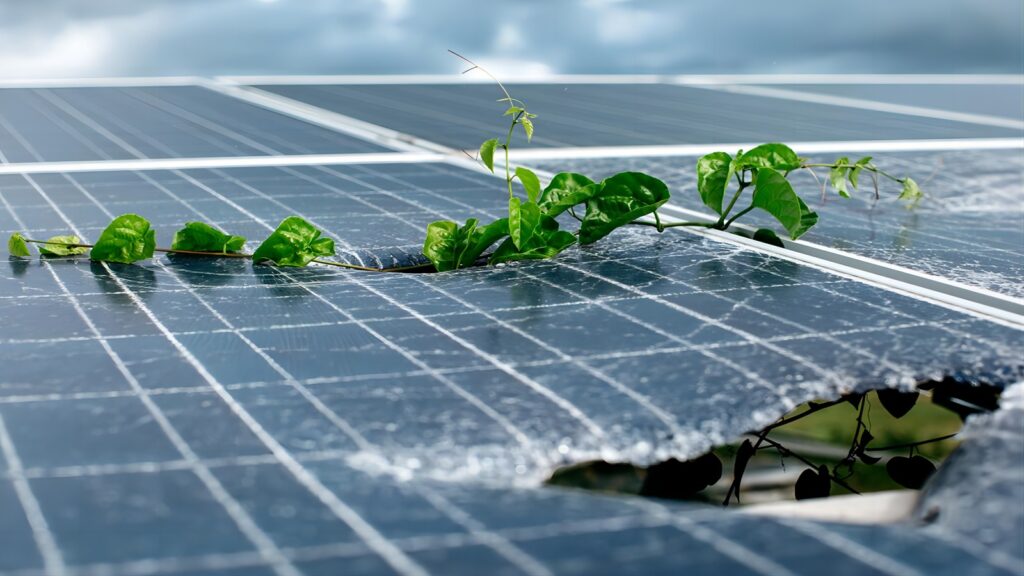
### Breaking Through the Dark Barrier: A New Chapter in Plastic Recycling
Black plastic coffee lids and food containers, which previously sat in landfills as non-recyclable refuse, may soon see a revival due to groundbreaking research. The very feature that made these plastics hard to recycle—the black pigment additive known as carbon black—is now being exploited to decompose them into reusable raw materials. This cutting-edge technique, developed by researchers from Cornell and Princeton Universities and detailed in *ACS Central Science*, transforms one of the major challenges in recycling into a crucial piece of the remedy.
#### The Recycling Conundrum of Black Plastics
Conventional recycling methods depend on optical sorting to discern and separate types of plastics. However, the opaque quality of black plastics, coupled with the inclusion of carbon black pigments, confounds the near-infrared scanners prevalent in most recycling centers, resulting in their exclusion. Consequently, millions of tons of black plastic waste have historically been relegated to incineration or landfills.
Not anymore.
#### A Revolutionary Breakthrough
The group of researchers, spearheaded by scientists Sewon Oh, Hanning Jiang, and Erin Stache, has uncovered a refined technique that uses light to disintegrate black plastics into their fundamental components. By milling black plastic into powder and exposing it to visible light—such as strong sunlight or LED lights—the carbon black pigment converts the light into heat. This process breaks down the intricate molecular polymers, reverting the materials to their chemical building blocks.
“Our approach is rooted in simplicity,” the researchers state. “Visible light, paired with the carbon black inherently present in plastic, renders chemical recycling both practical and effective.”
The outcomes are remarkable. Under focused sunlight, they realized an 80% conversion rate of plastic into reusable materials in merely five minutes. This technique is effective not only on pristine samples in controlled settings but also on actual waste, even when tainted with everyday food residues such as cooking oil or soy sauce.
#### Mixed Plastics? A Non-Issue
A notable obstacle in conventional recycling is the presence of mixed plastics or varying colors. The new method shines here as well. Researchers assessed mixtures of black, red, yellow, and clear polystyrene—a common plastic found in lids, takeout containers, and packaging—and still achieved a respectable 67% conversion rate in sunlight. This flexibility allows for the recycling of multi-colored or contaminated plastics, which are usually discarded.
#### Towards a Circular Economy
The ramifications of this discovery are profound. Instead of being perceived as hindrances to recycling, black pigments can now function as catalysts for a sustainable plastic lifecycle. This method paves the path toward a closed-loop system: the coffee lid you throw away today could morph into the raw material for tomorrow’s products, all without the need for excessive energy consumption or complicated processes.
What adds to the optimism is the straightforwardness of the method. Sunlight—the most abundant energy resource on the planet—acts as the main driving force for the conversion. This could empower communities globally, particularly in regions with abundant sunlight, to easily adopt this recycling technology.
#### Challenges and Next Steps
Even though the discovery is undoubtedly encouraging, several hurdles remain before it gains widespread acceptance. Scaling the technology for industrial applications, ensuring affordability for broad adoption, and managing the accumulation of degraded but unrecycled materials at intermediate stages are among the challenges. Nevertheless, with the potential to transform the treatment of black plastics, the motivation to address these issues is stronger than ever.
In the interim, further studies are in progress to explore additional materials, enhance conversion rates, and adapt the technique for other types of recyclable plastics. Scientists also intend to evaluate the process under various lighting conditions, including low-intensity sunlight, to increase the technology’s versatility.
—
### Glossary Quick Reference
– **Carbon Black:** A pigment utilized to create black plastics. It absorbs light and converts it to heat, which is a vital element in this new recycling method.
– **Polystyrene:** A commonly used plastic material found in coffee lids, food containers, and packaging.
– **Chemical Recycling:** A technique for decomposing plastics into their original chemical elements for reuse, distinct from mechanical recycling, which reshapes plastics without modifying their composition.
—
### Test Your Knowledge: Interactive Q&A
Below, challenge what you’ve learned about this pioneering recycling achievement:
1. Why were black plastics not recyclable in the past?
The carbon black pigment in black plastics interferes with the near-infrared sensors used in sorting facilities, complicating their identification and recycling.
2. What distinguishes the new recycling method?
The approach employs the carbon black additive already found in the plastic, alongside visible light, to decompose the material into its chemical components.
3. What level of efficiency did researchers attain using concentrated sunlight?
Researchers achieved an 80% conversion rate of plastic to reusable materials in five minutes under focused sunlight.